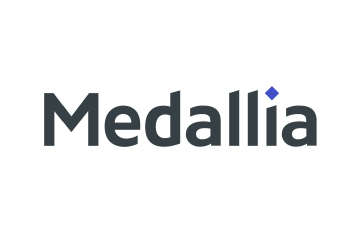Discover how AI is transforming marketing technology from within — and why these changes are quietly powering the next generation of personalised, scalable customer experiences.
AI is proliferating fast in martech stacks in multiple ways. We see AI making its way into stacks in two directions (not mutually exclusive).
- Inside-out, as AI gets embedded deep within familiar platforms, supercharging their features without changing their faces. Think CRM systems that write, score, and segment for you.
- Outside-in, through AI innovations like LLMs, co-pilots, AI workflows, AI agents, and MCPs, demanding new skills to configure and control, reshaping how teams operate.
To explore these directions, we’ve started tracking the twin dynamics of AI adoption in marketing technology through surveys in the past year. We wanted to learn not just what marketers do with AI, but where in the stack they do it.
The inside-out path sees AI quietly embedded into existing SaaS platforms, enhancing tools marketers already rely on. Our December 2024 survey (n=283) shows these enhancements often go unnoticed at first, but dramatically improve performance: smarter analytics, better segmentation, automated testing, and more.
The outside-in path is louder, as our research from May 2025 shows (n=96). Here, marketing teams actively adopt new AI-native tools, co-pilots, large language model workflows, multi-agent systems, and MCPs, adding entirely new layers to the stack.
To map this shift, we introduce the Martech Stack AI Adoption Curve, a five-stage model showing how marketing evolves from embedded assistance to autonomous, integrated action.
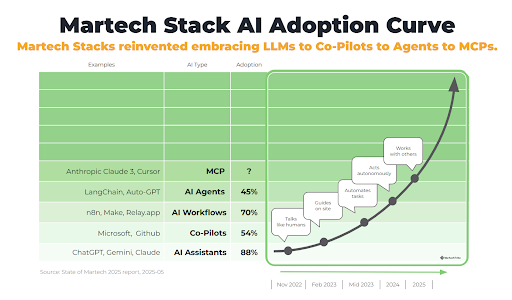
Understanding the New AI Building Blocks
Before we dive in, we first need a shared vocabulary. By following AI developments closely, we’ve identified five categories of AI innovation. Each began with the launch of a notable tool or model that either initiated the innovation or accelerated traction for a technology that was already present but experiencing slow adoption.
Each of these AI innovations reshapes the martech architecture in a different way. They play distinct roles — from guiding users to acting autonomously — and enter the stack at varying levels of integration and maturity.
These definitions matter because they help us distinguish between what’s simply helpful and what’s fundamentally transformative.
AI Assistants – Curve Stage 1
AI Assistants started with ChatGPT, launched on November 30, 2022. These are standalone tools designed for productivity that “talk like humans.” Examples include ChatGPT, Jasper, and Bard. They operate separately from the core martech stack but excel at tasks like generation, rewriting, and brainstorming. While powerful, they rely entirely on human prompts and do not yet drive workflows independently.
Co-Pilots – Curve Stage 2
Co-Pilots began gaining traction with Microsoft 365 Copilot, announced in March 2023. These provide “contextual guidance” by embedding AI directly inside business tools. Think Microsoft 365 Copilot, GitHub Copilot, or Salesforce Einstein. These systems understand what you’re doing and offer real-time assistance, such as rewriting, forecasting, or summarising, all without requiring users to leave their primary applications.
AI Workflows – Curve Stage 3
AI Workflows emerged in mid-2023, when platforms like Zapier, n8n, Make, and Relay.app began meaningfully integrating AI into multi-step automation. These workflows “automate tasks” across tools and teams. Users started to connect ChatGPT and similar models to action chains like generate → QA → publish. This marks a shift from isolated prompts to orchestrated sequences, triggered by logic or events.
AI Agents – Curve Stage 4
AI Agents started gaining traction in early 2024, with early frameworks such as LangChain and AutoGPT. These agents “act independently,” executing semi-autonomous tasks with minimal human input. They don’t just wait for instructions — they optimise campaigns, route leads, or score prospects based on goals, signals, and predefined logic. Agents represent a major leap in operational delegation.
Model Context Protocols – Curve Stage 5
Model Context Protocols (MCPs) began emerging in early 2024 but gained traction in 2025, with tools like Claude 3 and Cursor pioneering persistent context-sharing. These innovations “work with others” by enabling different models, agents, and tools to collaborate through shared memory and task continuity. Instead of starting from scratch with every prompt, MCPs allow AI to retain context across sessions, systems, and even users. This supports more advanced orchestration and reduces friction, allowing AI to function less like a disconnected tool and more like a teammate that remembers.
ALSO READ: Essential AI Apps Toolkit for Managing Your Brand’s Social Media
Martech AI Adoption Survey Results
Now that we’ve defined the five categories of AI innovation shaping the Martech landscape, the question becomes: how widely are these innovations actually being adopted? To find out, we surveyed marketing leaders to map real-world adoption across each stage of the Martech Stack AI Adoption Curve. The results reveal where the momentum is — and where hesitation remains. More importantly, they show how these innovations are not just influencing individual workflows but reshaping how the stack itself is assembled, automated, and orchestrated.

AI Assistants – 87.5%
With 87.5% adoption, AI Assistants are the most widely used category across the martech landscape. Their popularity is driven by accessibility, ease of use, and immediate utility in everyday marketing tasks. Tools like ChatGPT, Claude, Perplexity, and Bard dominate this space, serving primarily as content generators, summarisers, and ideation partners.

This near-ubiquitous adoption signals that AI has already become a foundational part of individual marketers’ workflows. The bar for entry is low, and the return is high, especially in time savings and creative acceleration.
From an architectural perspective, Assistants exist mostly outside the formal Martech stack. They are add-ons rather than integrations — used by individuals without touching the system of record. This democratises AI adoption across teams, but has yet to push changes into stack design or data flow.
Co-Pilots – 54.2%
54.2% of respondents report using Co-Pilots — embedded AI features in tools like CRMs, MAPs, and analytics platforms. These assistants work within existing systems, offering contextual help like lead scoring, send-time optimisation, and segmentation recommendations.

While adoption lags behind assistants (and even AI Workflows), the shift to embedded AI marks an important evolution. These tools don’t require new logins or platforms, and they build trust by appearing where marketers already work.
Co-Pilots signal the beginning of inside-out AI integration. AI is no longer a separate tool — it’s embedded directly into the martech stack, enhancing existing systems. This moves AI from being an optional productivity layer to a standard component of daily workflows.
AI Workflows – 69.8%
With 69.8% adoption, AI Workflows are being used to orchestrate actions across platforms and departments. Tools like Zapier, Make, and n8n, marketingops teams are automating multi-step processes using AI.
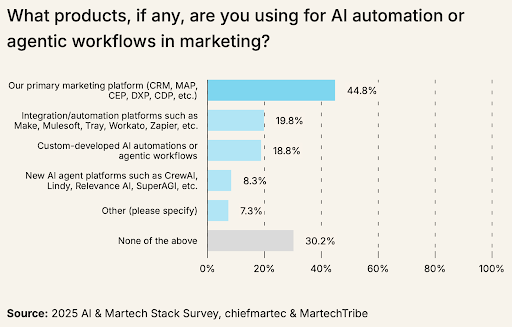
This level of adoption confirms that AI has moved beyond content support and is actively structuring how marketing work gets done. Tasks like multi-step publishing, personalisation, and decision flows are now routinely powered by AI.
Architecturally, this is a strong outside-in signal. These workflows often span multiple tools and require orchestration layers. AI is now part of the process infrastructure, not just the interface. The stack is becoming more modular and automated as a result.
AI Agents – 44.8%
Adoption of AI Agents stands at 44.8%, making them the least adopted of the major AI innovations, but the most advanced in terms of capability. Agents act independently based on rules, signals, or goals. Examples include website chatbots, autonomous campaign optimisers, or systems that trigger actions in real time.
ALSO READ: Despite Active Rebranding, Why do Brands Deteriorate Over Time?
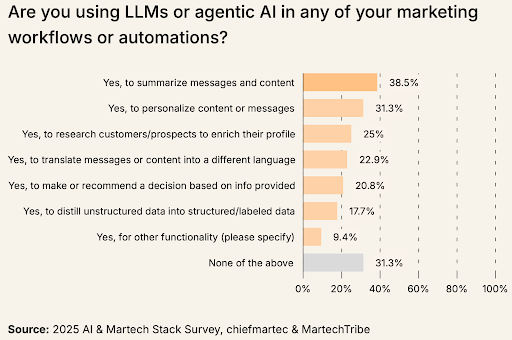
This adoption level suggests early-stage experimentation, especially in B2B contexts where proactive email/text outreach and behavioural decision-making are gaining interest. The hesitation likely stems from complexity, risk, and governance concerns.
From a stack perspective, agents introduce semi-autonomous logic layers. These systems act on their own, requiring the stack to support observability, override controls, and deeper system integration. It marks the beginning of AI not just assisting, but operating within the martech ecosystem.
MCP – Model Context Protocols
There is no adoption data yet for MCPs, and that’s to be expected. Model Context Protocols have been pioneered by Anthropic and now embraced by major players like Google, Microsoft, and OpenAI. With that, it is finally coming out of its infancy. These frameworks enable persistent memory and shared context across tools, tasks, and agents.
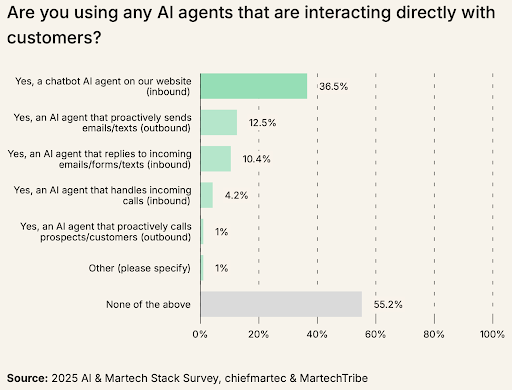
Although speculative, MCPs may become the coordination layer that binds disparate AI components into a unified system. If adopted widely, they could allow tools to “remember” prior actions, transfer intent across platforms, and operate in sync.
Architecturally, MCPs hint at a future where the Martech stack becomes context-aware and AI-coordinated — no longer a series of siloed tools, but a connected, intelligent operating environment.
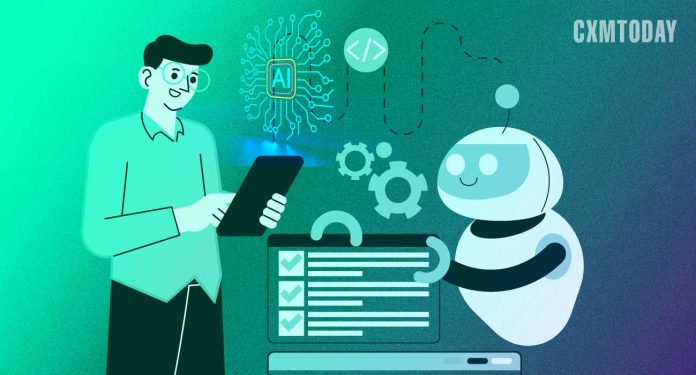





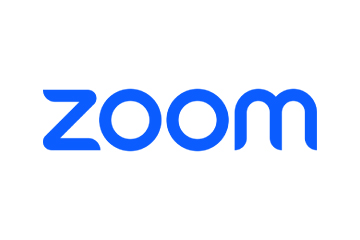
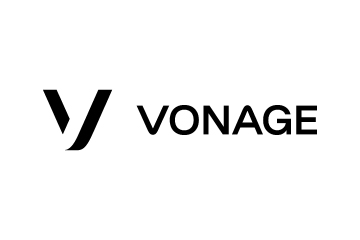



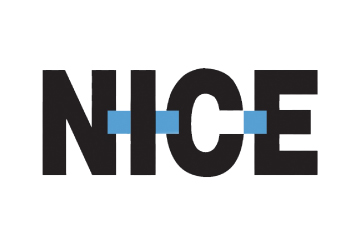



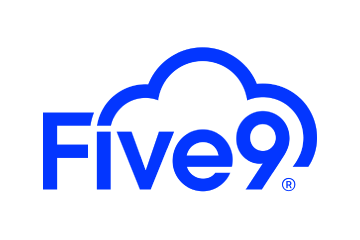



 Amplitude is a product analytics platform, enabling businesses to track visitors with the help of collaborative analytics. The platform leverages the capabilities of
Amplitude is a product analytics platform, enabling businesses to track visitors with the help of collaborative analytics. The platform leverages the capabilities of 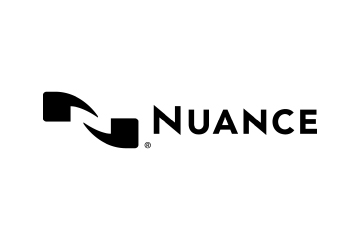

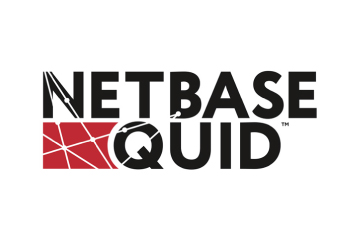
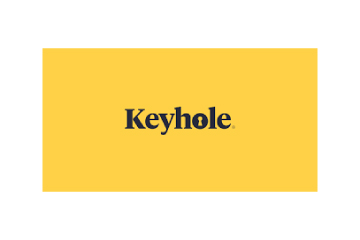

 Zoho Social, a part of Zoho’s suite of 50+ products, is a comprehensive social media management platform for businesses and agencies. The Zoho Social dashboard includes a robust set of features, such as Publishing Calendar, Bulk Scheduler, and Approval Management to offer businesses all the essential social media publishing tools. Its monitoring tools help enterprises track and respond to relevant social conversations.
Zoho Social, a part of Zoho’s suite of 50+ products, is a comprehensive social media management platform for businesses and agencies. The Zoho Social dashboard includes a robust set of features, such as Publishing Calendar, Bulk Scheduler, and Approval Management to offer businesses all the essential social media publishing tools. Its monitoring tools help enterprises track and respond to relevant social conversations.

 Microsoft Dynamics 365 represents a robust cloud-based CRM solution with features such as pipeline assessment, relationship analytics, and conversational intelligence. It utilises AI-powered insights to provide actionable intelligence via predictive analytics, lead scoring, sentiment analysis, etc. Currently, Microsoft operates in 190 countries and is made up of more than 220,000 employees worldwide.
Microsoft Dynamics 365 represents a robust cloud-based CRM solution with features such as pipeline assessment, relationship analytics, and conversational intelligence. It utilises AI-powered insights to provide actionable intelligence via predictive analytics, lead scoring, sentiment analysis, etc. Currently, Microsoft operates in 190 countries and is made up of more than 220,000 employees worldwide.
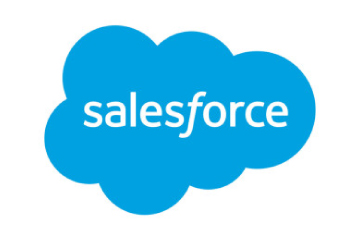
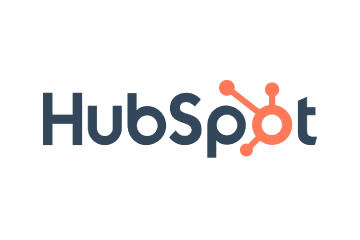 HubSpot is an inbound marketing, sales, and customer service software provider, offering robust CRM and automation solutions. Some of its products include Marketing Hub, Sales Hub, Operations Hub, Content Hub, Commerce Hub, Marketing Analytics and Dashboard Software. Guided by its inbound methodology, HubSpot enables companies to prioritise innovation and customer success.
HubSpot is an inbound marketing, sales, and customer service software provider, offering robust CRM and automation solutions. Some of its products include Marketing Hub, Sales Hub, Operations Hub, Content Hub, Commerce Hub, Marketing Analytics and Dashboard Software. Guided by its inbound methodology, HubSpot enables companies to prioritise innovation and customer success.
 Monday.com is a project management software company, offering a cloud-based platform that enables businesses
Monday.com is a project management software company, offering a cloud-based platform that enables businesses 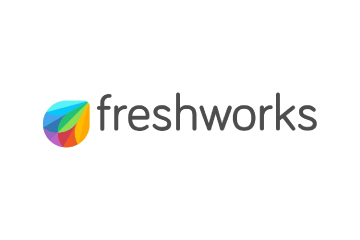 Headquartered in San Mateo, California, Freshworks is a global AI-powered business software provider. Its tech stack includes a scalable and comprehensive suite for IT, customer support, sales, and marketing teams, ensuring value for immediate business impact. Its product portfolio includes Customer Service Suite, Freshdesk, Freshchat, Freshcaller, Freshsuccess, and Freshservice. Freshservice for Business Teams has helped several global organisations to enhance their operational efficiency.
Headquartered in San Mateo, California, Freshworks is a global AI-powered business software provider. Its tech stack includes a scalable and comprehensive suite for IT, customer support, sales, and marketing teams, ensuring value for immediate business impact. Its product portfolio includes Customer Service Suite, Freshdesk, Freshchat, Freshcaller, Freshsuccess, and Freshservice. Freshservice for Business Teams has helped several global organisations to enhance their operational efficiency.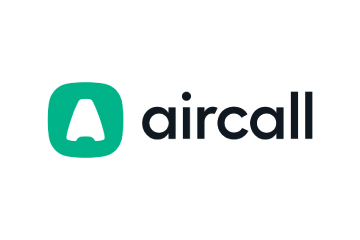
 Talkdesk offers an innovative AI-powered customer-centric tech stack to its global partners. The company provides generative AI integrations, delivering industry-specific solutions to its customers. Talkdesk CX Cloud and Industry Experience Clouds utilise modern machine learning and language models to enhance contact centre efficiency and client satisfaction.
Talkdesk offers an innovative AI-powered customer-centric tech stack to its global partners. The company provides generative AI integrations, delivering industry-specific solutions to its customers. Talkdesk CX Cloud and Industry Experience Clouds utilise modern machine learning and language models to enhance contact centre efficiency and client satisfaction.



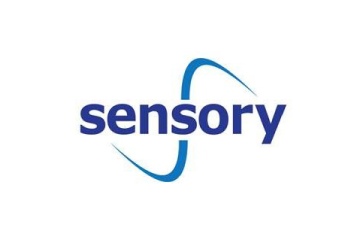
 The company offers comprehensive cloud-based solutions, such as Microsoft Dynamics 365, Gaming Consoles, Microsoft Advertising, Copilot, among other things, to help organisations offer enhanced CX and ROI. Its generative-AI-powered speech and voice recognition solutions,such as Cortana and Azure Speech Services empowers developers to build intelligent applications.
The company offers comprehensive cloud-based solutions, such as Microsoft Dynamics 365, Gaming Consoles, Microsoft Advertising, Copilot, among other things, to help organisations offer enhanced CX and ROI. Its generative-AI-powered speech and voice recognition solutions,such as Cortana and Azure Speech Services empowers developers to build intelligent applications.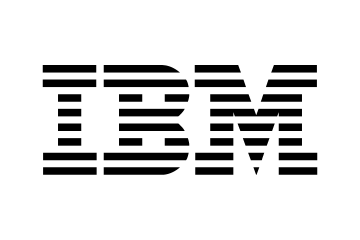 IBM is a global hybrid cloud and AI-powered
IBM is a global hybrid cloud and AI-powered  Uniphore is an enterprise-class, AI-native company that was incubated in 2008. Its enterprise-class multimodal AI and data platform unifies all elements of voice, video, text and data by leveraging Generative AI, Knowledge AI, Emotion AI and workflow automation. Some of its products include U-Self Serve, U-Assist, U-Capture, and U-Analyze. Its Q for Sale is a conversational intelligence software that guides revenue teams with AI-powered insights, offering clarity on how to effectively keep prospects engaged.
Uniphore is an enterprise-class, AI-native company that was incubated in 2008. Its enterprise-class multimodal AI and data platform unifies all elements of voice, video, text and data by leveraging Generative AI, Knowledge AI, Emotion AI and workflow automation. Some of its products include U-Self Serve, U-Assist, U-Capture, and U-Analyze. Its Q for Sale is a conversational intelligence software that guides revenue teams with AI-powered insights, offering clarity on how to effectively keep prospects engaged. Google Cloud accelerates every organisation’s ability to digitally transform its business. Its enterprise-grade solutions leverage modern technology to solve the most criticial business problems
Google Cloud accelerates every organisation’s ability to digitally transform its business. Its enterprise-grade solutions leverage modern technology to solve the most criticial business problems  8×8 offers out-of-the-box contact centre solutions, assisting all-size businesses to efficiently meet customer needs and preferences. It offers custom CRM integrations support and integrates effortlessly with third-party CRMs like Salesforce, Microsoft Dynamics, Zendesk, and more. Offering global support in all time zones & development teams in 5 continents, its patented geo-routing solution ensures consistent voice quality.
8×8 offers out-of-the-box contact centre solutions, assisting all-size businesses to efficiently meet customer needs and preferences. It offers custom CRM integrations support and integrates effortlessly with third-party CRMs like Salesforce, Microsoft Dynamics, Zendesk, and more. Offering global support in all time zones & development teams in 5 continents, its patented geo-routing solution ensures consistent voice quality. Sprinklr is a comprehensive enterprise software company for all customer-focused functions. With advanced AI, Sprinklr’s unified customer experience management (Unified-CXM) platform lets organisations offer human experiences to every customer, every time, across any modern channel.
Sprinklr is a comprehensive enterprise software company for all customer-focused functions. With advanced AI, Sprinklr’s unified customer experience management (Unified-CXM) platform lets organisations offer human experiences to every customer, every time, across any modern channel.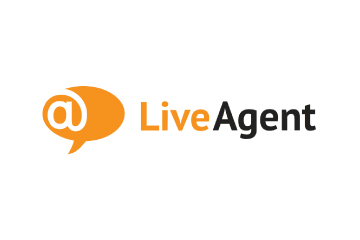

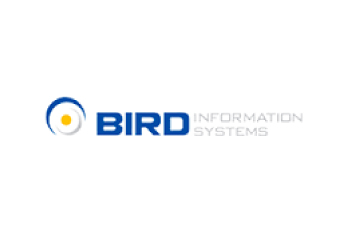
 Upland offers a comprehensive suite of contact centre and customer service solutions with products including InGenius, Panviva, Rant & Rave, and RightAnswers. InGenius enables organisations to connect their existing phone system with CRM, further enhancing agent productivity. Panviva provides compliant and omnichannel capabilities for highly regulated industries. Whereas, Rant & Rave, and RightAnswers are its AI-powered solutions,
Upland offers a comprehensive suite of contact centre and customer service solutions with products including InGenius, Panviva, Rant & Rave, and RightAnswers. InGenius enables organisations to connect their existing phone system with CRM, further enhancing agent productivity. Panviva provides compliant and omnichannel capabilities for highly regulated industries. Whereas, Rant & Rave, and RightAnswers are its AI-powered solutions, 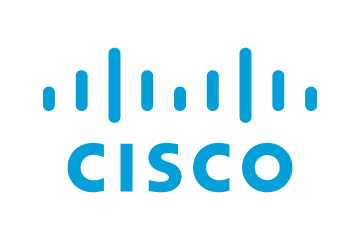


 Hootsuite, headquartered in Vancouver, is a social media management platform that streamlines the process of managing multiple social media accounts. Some of its core offerings include social media content planning and publishing, audience engagement tools, analytics and social advertising. Its easy-to-integrate capabilities help marketing teams to schedule and publish social media posts efficiently.
Hootsuite, headquartered in Vancouver, is a social media management platform that streamlines the process of managing multiple social media accounts. Some of its core offerings include social media content planning and publishing, audience engagement tools, analytics and social advertising. Its easy-to-integrate capabilities help marketing teams to schedule and publish social media posts efficiently.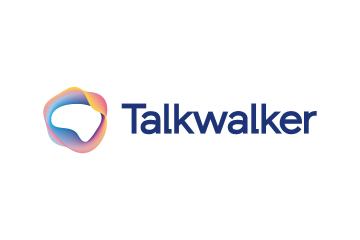

 Brandwatch enables businesses to build and scale the optimal strategy for their clients with intuitive, use-case-focused tools that are easy and quick to master. Bringing together consumer intelligence and social media management, the company helps its users react to the trends that matter, collaborate on data-driven content, shield the brand from threats and manage all the social media channels at scale.
Brandwatch enables businesses to build and scale the optimal strategy for their clients with intuitive, use-case-focused tools that are easy and quick to master. Bringing together consumer intelligence and social media management, the company helps its users react to the trends that matter, collaborate on data-driven content, shield the brand from threats and manage all the social media channels at scale.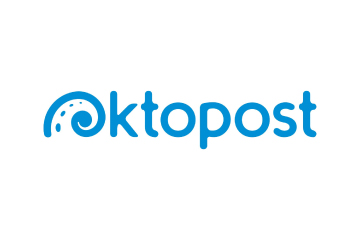

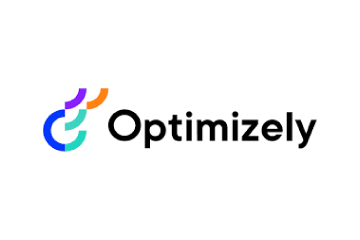
 Adobe Experience Cloud offers a comprehensive set of applications, capabilities, and services specifically designed to address day-to-day requirement for personalised customer experiences at scale. Its platform helps play an essential role in managing different digital content or assets to improve customer happiness. Its easy-to-optimise content gives users appropriate marketing streams, ensuring product awareness.
Adobe Experience Cloud offers a comprehensive set of applications, capabilities, and services specifically designed to address day-to-day requirement for personalised customer experiences at scale. Its platform helps play an essential role in managing different digital content or assets to improve customer happiness. Its easy-to-optimise content gives users appropriate marketing streams, ensuring product awareness.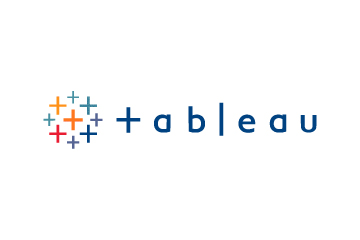 Salesforce-owned Tableau is an AI-powered analytics and business intelligence platform, offering the breadth and depth of capabilities that serve the requirements of global enterprises in a seamless, integrated experience. Marketers can utilise generative AI models, AI-powered predictions, natural language querying, and recommendationsons.
Salesforce-owned Tableau is an AI-powered analytics and business intelligence platform, offering the breadth and depth of capabilities that serve the requirements of global enterprises in a seamless, integrated experience. Marketers can utilise generative AI models, AI-powered predictions, natural language querying, and recommendationsons.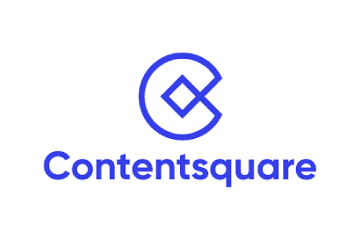 Contentsquare is a cloud-based digital experience analytics platform, helping brands track billions of digital interactions, and turn those digital
Contentsquare is a cloud-based digital experience analytics platform, helping brands track billions of digital interactions, and turn those digital 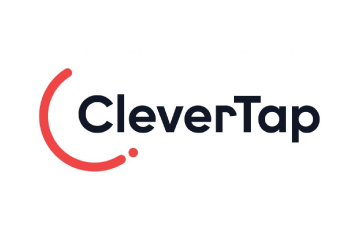

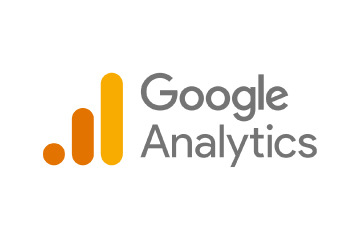
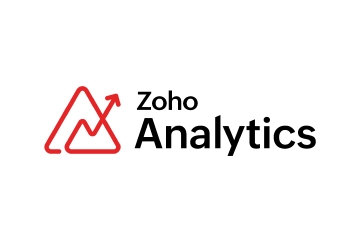 Zoho Corporation offers innovative and tailored software to help leaders grow their business. Zoho’s 55+ products aid sales and marketing, support and collaboration, finance, and recruitment requirements. Its customer analytics capabilities come with a conversational feature, Ask Zia. It enables users to ask questions and get insights in the form of reports and widgets in real-time.
Zoho Corporation offers innovative and tailored software to help leaders grow their business. Zoho’s 55+ products aid sales and marketing, support and collaboration, finance, and recruitment requirements. Its customer analytics capabilities come with a conversational feature, Ask Zia. It enables users to ask questions and get insights in the form of reports and widgets in real-time. Fullstory is a behavioural data platform, helping C-suite leaders make informed decisions by injecting digital behavioural data into its analytics stack. Its patented technology uncovers the power of quality behavioural data at scale, transforming every digital visit into actionable insights. Enterprises can increase funnel conversion and identify their highest-value customers effortlessly.
Fullstory is a behavioural data platform, helping C-suite leaders make informed decisions by injecting digital behavioural data into its analytics stack. Its patented technology uncovers the power of quality behavioural data at scale, transforming every digital visit into actionable insights. Enterprises can increase funnel conversion and identify their highest-value customers effortlessly.

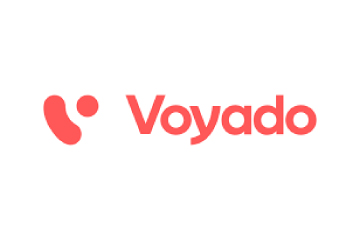 Started in 2005 in a Sweden-based small town, Norrköping, Voyado offers a customer experience cloud platform that includes a customer loyalty management system. This platform helps businesses design and implement customer loyalty programs, track customer
Started in 2005 in a Sweden-based small town, Norrköping, Voyado offers a customer experience cloud platform that includes a customer loyalty management system. This platform helps businesses design and implement customer loyalty programs, track customer 


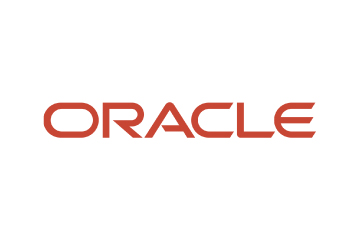
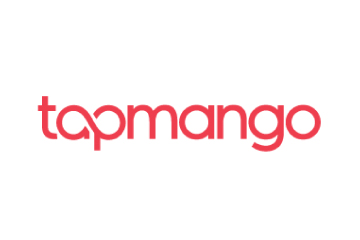 TapMango provides a comprehensive, customisable, flexible and feature-rich customer loyalty program. The loyalty tools include an integrated suite of customised consumer-facing technology, easy-to-use merchant tools, and automation algorithms, all aimed at enhancing customer experience. Adaptable to any industry, TapMango’s platform helps merchants compete with larger chains, converting customer one-time purchases into profitable spending habits.
TapMango provides a comprehensive, customisable, flexible and feature-rich customer loyalty program. The loyalty tools include an integrated suite of customised consumer-facing technology, easy-to-use merchant tools, and automation algorithms, all aimed at enhancing customer experience. Adaptable to any industry, TapMango’s platform helps merchants compete with larger chains, converting customer one-time purchases into profitable spending habits.
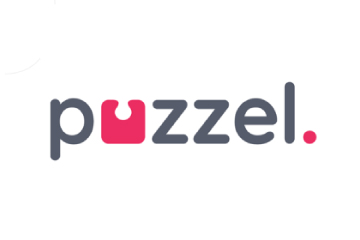

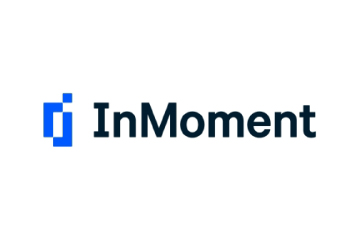

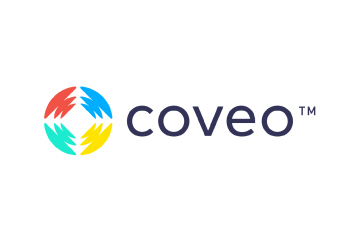
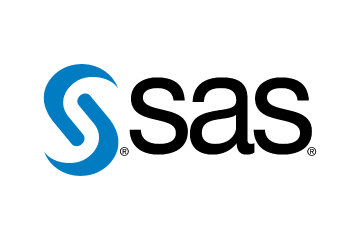
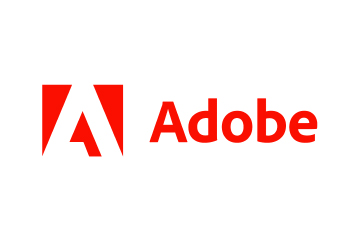 Adobe Experience Cloud offers a comprehensive set of applications, capabilities, and services specifically designed to address day-to-day requirements for personalised customer experiences at scale. Its innovative platform has played an essential role in managing different digital content or assets, to improve customer happiness or satisfaction. Some of its products include Adobe Gen Studio, Experience Manager Sites, Real-time CDP, and Marketo Engage.
Adobe Experience Cloud offers a comprehensive set of applications, capabilities, and services specifically designed to address day-to-day requirements for personalised customer experiences at scale. Its innovative platform has played an essential role in managing different digital content or assets, to improve customer happiness or satisfaction. Some of its products include Adobe Gen Studio, Experience Manager Sites, Real-time CDP, and Marketo Engage.